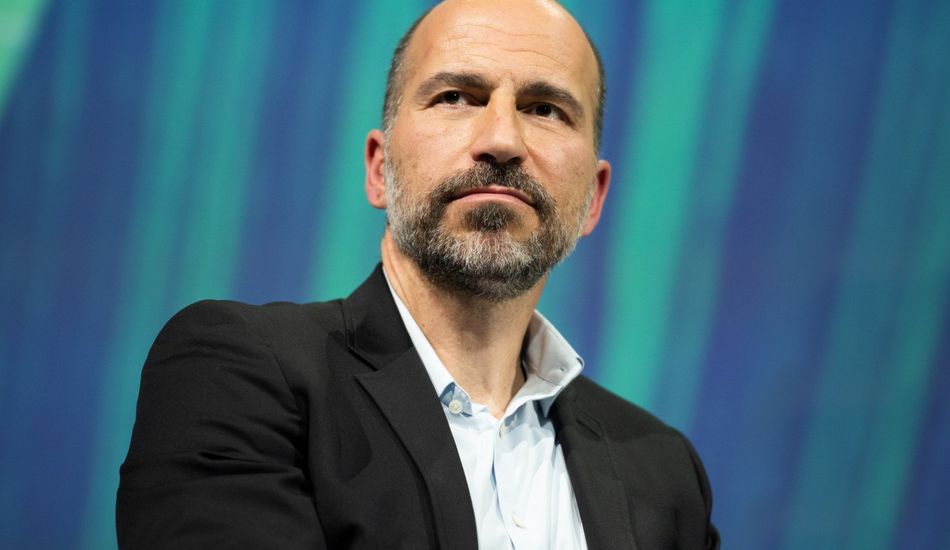
Uber's Bold Move: Shifting Gears to Become a Major Player in the AI Arena
Uber Aims to Become an AI Powerhouse
It seems Uber is setting its sights on becoming more than just a ride-sharing and delivery giant. During a recent earnings call, executives made it clear that AI is now a core part of their strategy. They're exploring ways to leverage artificial intelligence to boost their bottom line and expand their services.
One interesting initiative is a pilot program that allows drivers and couriers to earn extra money by contributing to AI model training. These "Digital Tasks" involve things like uploading photos, annotating footage, or even recording themselves speaking. While currently limited to the US and India, Uber plans to expand this program, potentially opening it up to a wider audience, even those outside of their existing driver network.
As the CEO Dara Khosrowshahi mentioned, some of these tasks could require specialized skills, maybe even a Ph.D. in physics! This initiative is part of Uber AI Solutions, their AI data services business, which seems to be attracting a lot of attention from customers. I think it's a smart move for Uber to diversify and tap into the growing demand for AI solutions.
However, the most ambitious aspect of Uber's AI strategy involves autonomous vehicles. They envision a future where human drivers and robotaxis seamlessly coexist within their platform. To achieve this, Uber is partnering with Nvidia to develop a fleet of 100,000 robotaxis, with plans to start building them in 2027. Of course, autonomous vehicles come with their own set of challenges.
We can see that these robotaxis are not profitable yet, and safety remains a major concern. The recent incident in San Francisco, where a robotaxi tragically killed a cat, has sparked public outrage and calls for stricter regulations. I believe that Uber must address these safety concerns and build public trust before fully deploying autonomous vehicles. Uber's CEO remains optimistic, predicting that autonomous capabilities will be standard in new cars within the next decade, leading to a safer world.
Source: Gizmodo